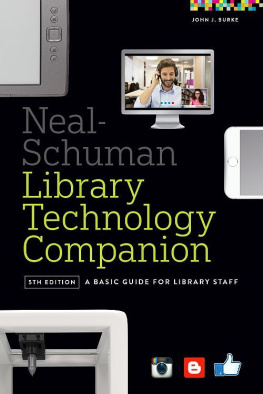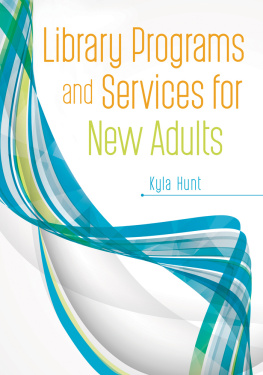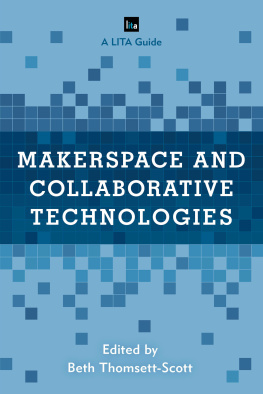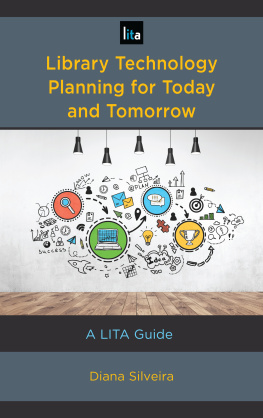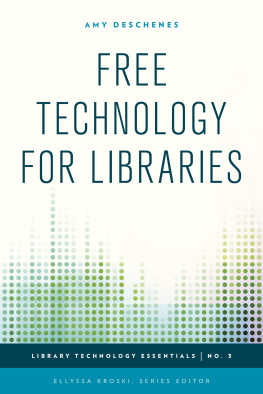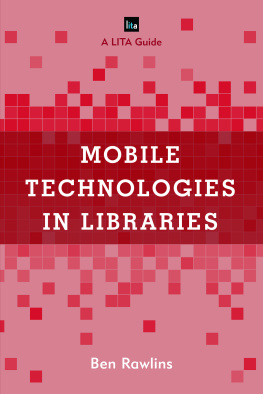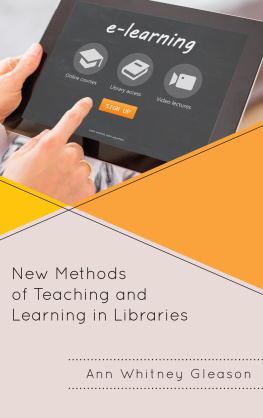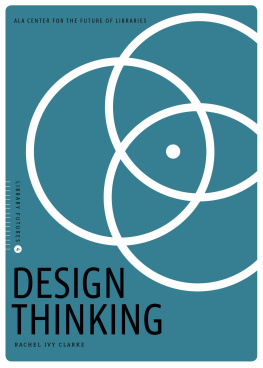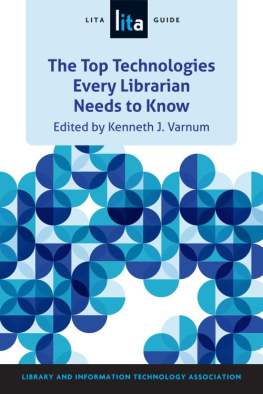Patrick Tod Colegrove is Dean of the Albertsons Library at Boise State University and holds a Master of Library and Information Science degree with concentration in competitive intelligence and knowledge management. He also holds doctorate and masters degrees in physics. A former State Librarian and professor emeritus of the University of Nevada, Reno, he served as Head of the DeLaMare Science & Engineering Library, and earlier as manager of the Information Commons of the Mathewson-IGT Knowledge Center. His career has included appointment as chief of the Nevada State Library, Archives, and Public Records division, and he has served separately as director of the state capitals public library system. His career in libraries builds on over fourteen years of entrepreneurial experience as a leader in high-tech private industry, capped by a decade of teaching experience in the University classroom.
With a record of successful innovation and implementation of leading-edge technology, the author has led libraries in achieving notable firsts that include first academic library in the United States to offer 3D printing and scanning services, national recognition as one of the Most Interesting Makerspaces in America, and pioneering the rollout of virtual reality equipment in libraries statewide in support of career exploration and workforce development. With invited presentations that have ranged from conference keynotes to TEDx speaker and Congressional panelist, service has included working with the International Baccalaureate program in The Hague, opening a Fab Lab with the Belarus State University Fundamentals Library, and working as consultant with top colleges and libraries in China at the intersection of libraries, innovation, entrepreneurship, and design.
Circulation, interlibrary loan, e-books, and electronic databasesone might be tempted to think that there is little other technology in the library. And yet, just as fish might be unaware of the very water they swim in, technology is pervasive in the library: from the cataloging and shelving of print materials to the materials themselves. Books and their classification systems, including Dewey Decimal, Library of Congress, and SUDOC. Catalogs as simple as a spreadsheet listing to as complex and varied as the Integrated Library Systems (ILS), Online Public Access Catalogs (OPAC), and institutional repositories of library consortia. Circulation. Interlibrary loan. Room reservation systems. Electronic resources abound, from e-books and databases to the introduction and proliferation of computer workstations and a wide range of software. Wi-Fi. Internet access. Lendable technology, from calculators to sewing machines; from guitars to virtual reality headsets and cameras. Photocopy machines and document scanners; 3D printers, laser cutters, and the emergence of makerspace in libraries; virtual and augmented reality equipment and software.
Rather than a quiet sanctuary and refuge free of technology, the library today is all about technologyas it has been for millennia.
For thousands of years, libraries have provisioned shared access to curated collections of information technology for their communities. Over the centuries, clay tablets and papyrus scrolls gave way to the parchment codex and the print books of today, and print books and journals now giving way to electronic versions. Library collections continue to be a function of technological adoption and migration: over the past century alone, libraries saw the introduction of photocopy machines morph to include scanners and laser printers, and the introduction and proliferation of computers and printers going hand in hand with the emergence and adoption of electronic books and information resources, among others. The history of libraries is one of continuedand acceleratingtechnological change.
It is difficult to imagine modern life without technology. Even though technology infuses and permeates every aspect of every day in every library, might seem far removed from our modern sense of technologya book is hardly a shiny piece of semiconductor-driven magic that fits in the palm of the hand. Over the pages following, well explore the historical and inextricably linked role of technology and libraries, working toward a framework that can enable selecting the right technology at the right time. Something so ubiquitous and fundamental surely deserves a closer look.
The word technology has its roots in the ancient Greek word techne, a word loosely translated as art, skill, or craft. than as a theoretical understanding of a topic. Techne is eminently practical and refers to skill or know-how. An artist learning how to properly apply a brush technique from a master is acquiring techne, just as a mechanical engineer might acquire techn e in the collaborative effort of designing and constructing a building. Each is acquiring skill and know-how.
In what may be its first recorded use, Aristotle used the blended word technelogos in his treatise Rhetoric. By joining the concept of techne with that of logos, meaning word or speech or literacy, he arrived at a word that refers to the creation, use, and movement of practical knowledge by means of conversation or word. Modern definitions agree: technology is about learning, practicing, and sharing in the service of art, skill, or craft. Words are integral.
Technology is about the creation, use, and movement of practical knowledge by means of conversation. Strictly speaking, the combination refers to the movement of know-how, in word, printed or otherwise. It refers to the creation and transfer of knowledgeparticularly practical knowledge, such as arts, or craft, by means of words. Those words might be spoken, as in one person to another, such as an apprentice in conversation with a master over time: the transfer is accomplished not only by means of literal words, but in the doing of motions and actions. It could just as easily refer to the transfer of knowledge or acquisition of skills and know-how that occurs between the reader of a book and an author who may have been dead for hundreds if not thousands of years.
Knowledge creation? Conversations and literacies? Sure sounds like the fundamental business of libraries. We enable the transfer of know-how and understanding from one person to the next. Libraries are about far more than simply providing access to information resources; they are about knowledge creation. The book itself is a core technology used by the library for centuries. In the hands of a reader, a book is technologyjust as surely as a computer workstation, 3D printer, or laser cutter might be. With access and use, the technology enables its user not only to create and transfer knowledge but also to practice. Skill and understanding are deepened and shared with a greater community; innovation blossoms in the fertile soil stimulated by the creative abrasion that is unavoidable in the hotbed environment of todays knowledge centers.
Clearly, were surrounded by technology in the libraryand thats exactly as it should be.
More than simply providing access to information resources, libraries are fundamentally about knowledge creation; it is their business. As opposed to information, which surrounds us and can be captured on the pages of a book or in an electronic database online, knowledge is personal. We create knowledge by engaging in conversation. Conversation is the fundamental building block of knowledge creation.
Reading a book, we engage in a conversation with an author that might span centuries. Just as legitimately, the conversation could be with another member of the library, driven by a shared interest. By engaging in conversation, we construct knowledge within ourselves; our worldview shifts and changes, and the world becomes a richer place.


